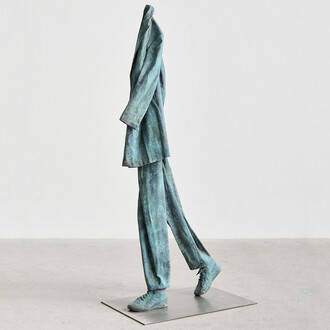On February 6, 1799, a Madrid newspaper advertised the sale of a series of eighty etchings by Francisco José de Goya y Lucientes (1746–1828), a court painter to the Spanish monarchy. The subject of these “caprichos” (caprices), or whimsical inventions, were “the innumerable foibles and follies to be found in any civilized society.”
Although the edition was a commercial failure—only 27 of the 240 sets sold—by the early nineteenth century Los Caprichos came to be recognized for its striking modernity. Bedeviled by the cryptic captions that accompany the prints, commentators have mined the series for coded political messages. Yet Goya’s satirical targets are many and include the powerful and the dispossessed alike. Animals play the parts of human fools; goblins visit the gullible by night; and winged creatures hover over cowering figures, including the artist himself.
During his lifetime Goya was known for his commissioned works, but his independently produced prints are arguably his greatest achievement. This focused exhibition from the Lunder Collection includes Los Caprichos and, until October 28, Los Disparates, the Follies, also known by the posthumous title Los Proverbios, or the Proverbs. Darkness Visible: Goya Prints from the Lunder Collection is organized to coincide with an exhibition of the work of Nancy Spero (1926–2009), one of many artists who have been inspired by Goya’s visionary creations as a graphic artist.













